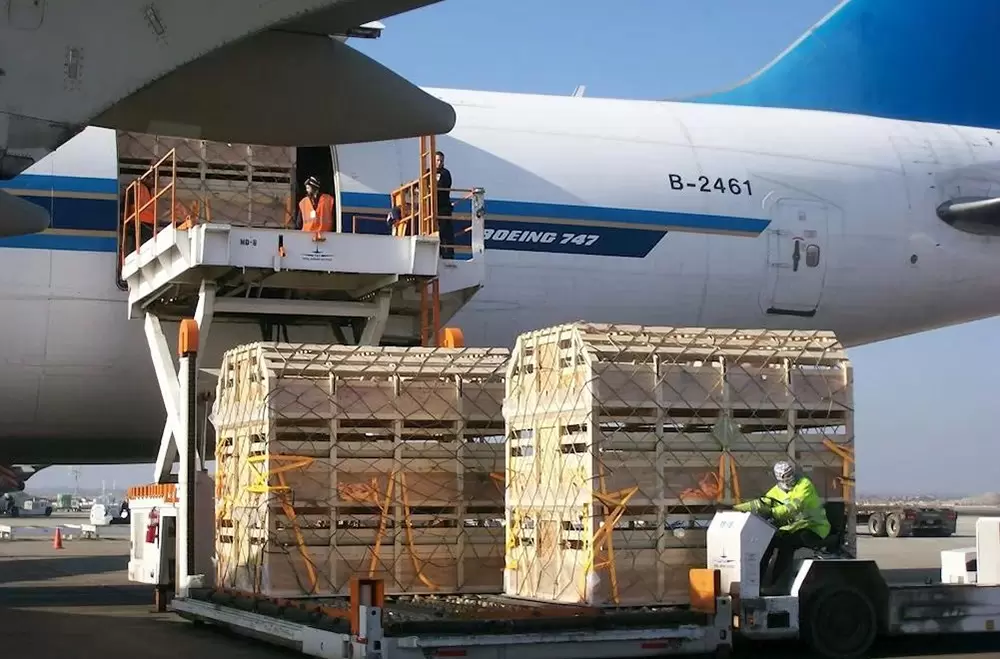Navigating the Skies: Optimal Products for Air Transportation
In the ever-evolving landscape of global logistics, air transportation has emerged as a critical component for businesses seeking efficiency and speed. However, not all products are equally suited for air freight. Understanding which items are best transported by air can significantly enhance supply chain effectiveness, reduce costs, and improve customer satisfaction. This post delves into the characteristics of products that are ideally suited for air transportation, examining factors such as urgency, value, perishability, and regulatory considerations.
- Urgency and Time Sensitivity
One of the primary advantages of air transportation is its speed. Products that require rapid delivery, such as medical supplies, spare parts for machinery, and high-demand consumer electronics, are prime candidates for air freight. For instance, in the pharmaceutical industry, time-sensitive medications must reach healthcare providers swiftly to ensure patient care. Similarly, industries reliant on just-in-time inventory systems benefit from the expedited nature of air transport, allowing them to maintain lean inventories while meeting customer demands promptly.
- High Value-to-Weight Ratio
Air freight is often more expensive than other modes of transportation, making it essential to consider the value-to-weight ratio of products. High-value items such as luxury goods, electronics, and jewelry are well-suited for air transport due to their significant market value relative to their weight. For example, shipping a high-end watch via air can be justified by its value, whereas transporting bulkier, lower-value items may not be cost-effective. Businesses must conduct a thorough cost-benefit analysis to determine the most economical shipping method based on the product's value.
- Perishability and Shelf Life
Perishable goods, including fresh produce, seafood, and flowers, are ideally transported by air due to their limited shelf life. The speed of air transport minimizes the time these products spend in transit, reducing the risk of spoilage and ensuring that consumers receive fresh items. For instance, the floral industry often relies on air freight to deliver fresh flowers from growers to markets worldwide, capitalizing on the ability to maintain product quality and extend market reach.
- Regulatory Compliance and Special Handling
Certain products, such as hazardous materials, pharmaceuticals, and live animals, require special handling and adherence to strict regulatory guidelines. Air transportation can facilitate compliance with these regulations, as airlines often have established protocols for the safe and secure transport of sensitive items. For example, transporting live animals via air allows for controlled environments and timely delivery, which is crucial for their welfare. Businesses must ensure they are familiar with the specific regulations governing their products to avoid delays and potential penalties.
- Lightweight and Compact Products
Products that are lightweight and compact are also well-suited for air transportation. Items such as electronics, fashion accessories, and small machinery parts can be efficiently packed and shipped via air, maximizing cargo space and minimizing shipping costs. The ability to consolidate shipments further enhances the efficiency of air freight, allowing businesses to optimize their logistics operations.
Conclusion
In conclusion, the decision to utilize air transportation should be based on a comprehensive analysis of product characteristics, including urgency, value, perishability, regulatory requirements, and physical dimensions. By strategically selecting products that align with the strengths of air freight, businesses can enhance their supply chain efficiency, reduce costs, and improve customer satisfaction. As global trade continues to expand, understanding the nuances of air transportation will be essential for companies aiming to remain competitive in a fast-paced market.




